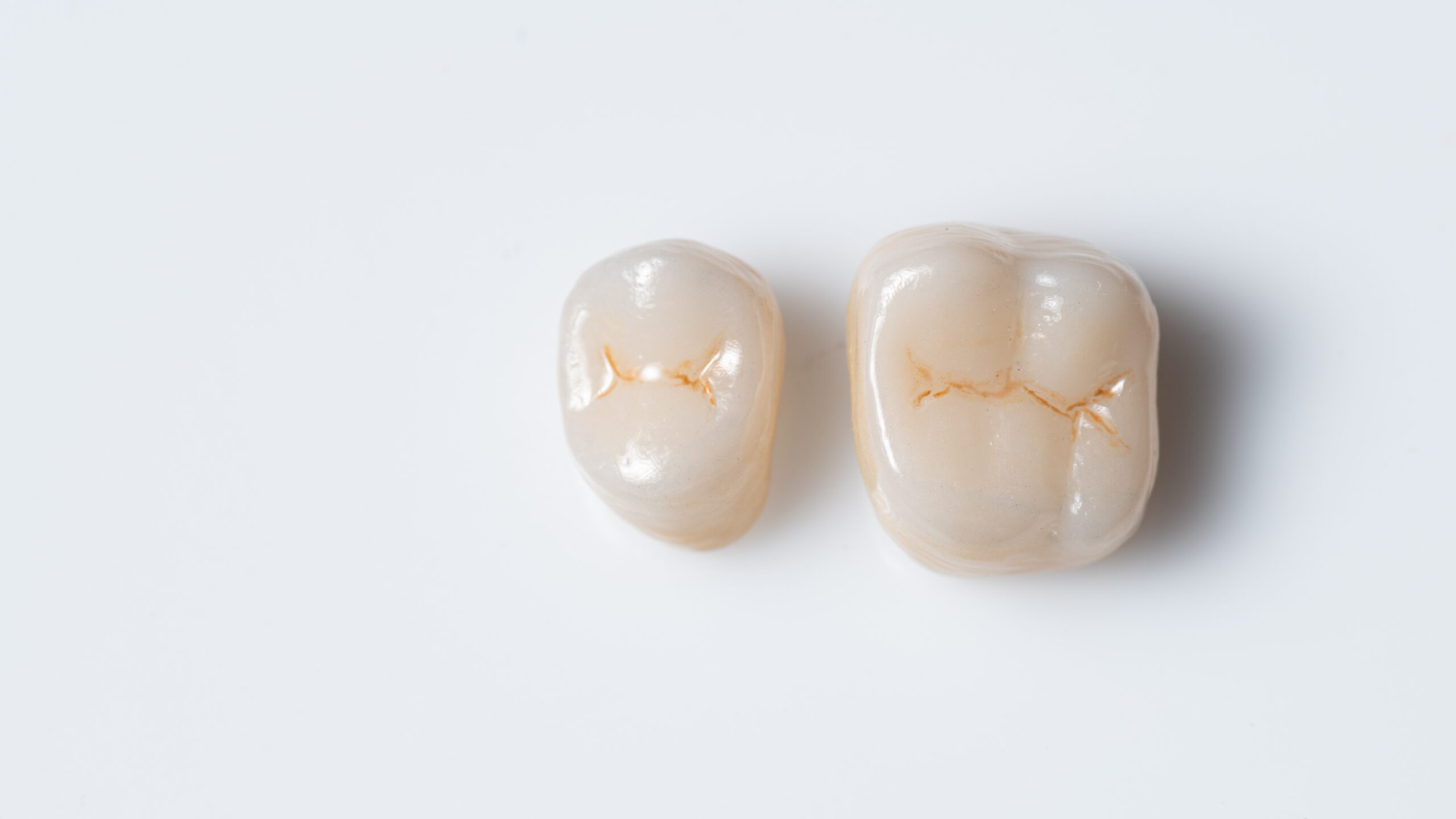Restorative Notes on Bonding to Sclerotic Dentin and Removing All-Ceramic Crowns
Restorative Notes on Bonding to Sclerotic Dentin and Removing All-Ceramic Crowns
By Lee Ann Brady, DMD
Bonding to Sclerotic Dentin
Bonding to sclerotic dentin is difficult, if not close to impossible. If the lion’s share of the tooth’s surface is sclerotic, you may not have the longevity that you’re hoping for. I’m specifically thinking of some lower anterior restorative cases I’ve seen over the years, where the veneers just haven’t held up and we’ve had to go to full coverage.
I don’t trust some of the self-etching adhesives to result in a strong bond on sclerotic dentin, even the newer ones in the eighth generation. Fortunately, one thing we don’t need to worry about is sensitivity because the dental tubules are closed. Since I’m not worried about sensitivity, I can apply the same techniques I would with enamel with the intent of improving the probability of a strong bond. I can do a light prep, get rid of the sclerotic surface, and etch it with phosphoric acid for 25 or 30 seconds. Alternatively, I can use 30- to 50-micron aluminum oxide in an abrasion unit.
Removing All-Ceramic Crowns
Removing dental crowns can be a delicate and time-consuming procedure. In a world of so many different materials, it’s helpful to have an idea of which bur to use and how long removing the crown could take. One of the biggest challenges is determining whether a crown is a lithium disilicate or zirconia restoration. The radiograph and visual inspection will give us clues but afterwards, we must go through a process to understand what may be involved.
Our First Clue: Zirconia looks like metal on a radiograph, and lithium disilicate looks radiolucent like natural tooth structure.
Our Second Clue: If the crown is partial coverage, it’s much more likely to be bonded and I plan to prep down the entire restoration.
Lithium disilicate restorations are often easier to cut through or section but they could be bonded and impossible to remove in pieces. Even if we can cut four pieces, we may have extensive prepping to do.
On the other hand, zirconia can be harder to cut through, especially the 3y or 4y variety. But at least once you get to the cement layer, you can normally break it into pieces and remove them instead of having to extensively prep the entire tooth.
If the restoration is full coverage, I can easily remove it in sections. In this case, I attempt to make my cuts all the way from buccal to lingual across the occlusal surface without bothering to stop. At this stage, I can pick up a crown remover and apply some general pressure to crack it off. If the crown is not budging at all, I assume it is bonded to the tooth, and the next thing I do is pick up a big flat-top diamond to do my occlusal reduction as if I were prepping a natural tooth. Once all the occlusal is off the glass, the pieces on the buccal, lingual, and interproximal fall off.
Related Course
Clear Aligner Therapy: Enhance Restorative Outcomes & Patient Health
DATE: May 23 2024 @ 8:00 pm - May 23 2024 @ 9:00 pmLocation: Online
CE HOURS: 1
Course Description: Review the digital workflow as part of the comprehensive exam and health screening during periodic exams. We will discuss the benefits of clear aligner therapy prior to restorative care. Also the…
Learn More>










